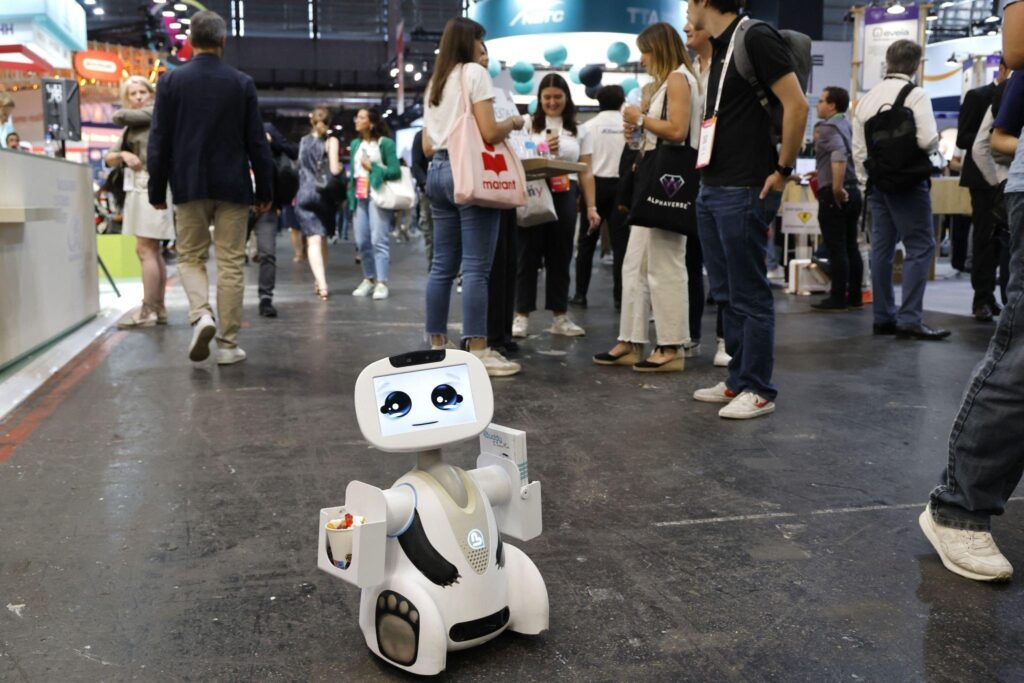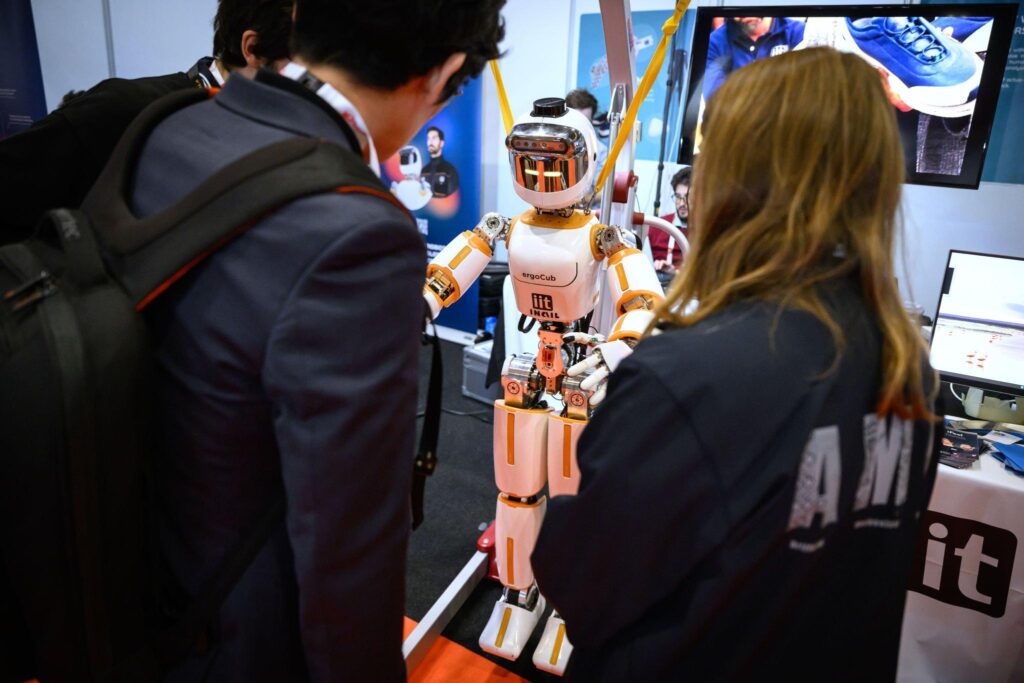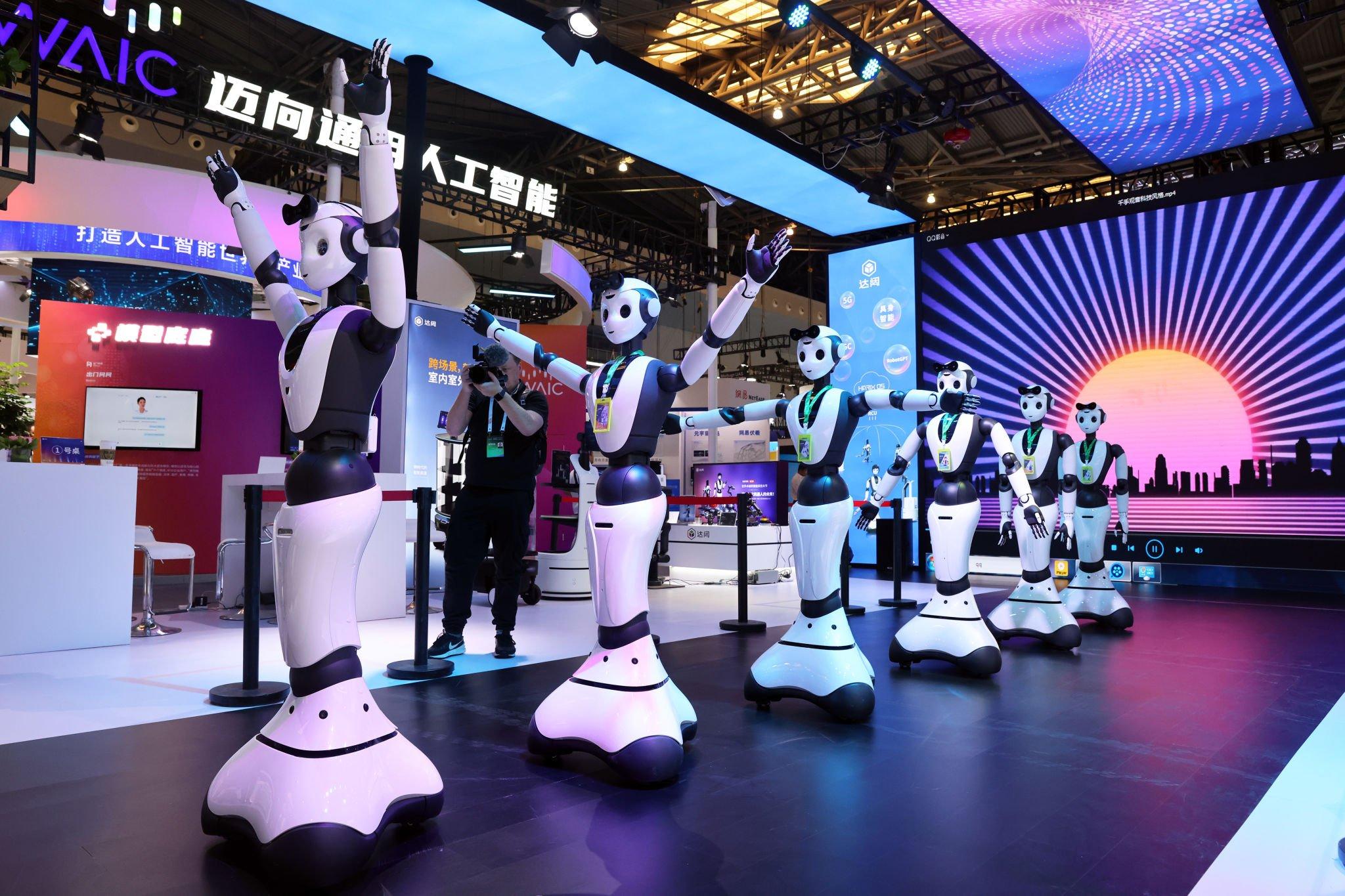Best Humanoid Robots Bridging the Gap Between Fiction and Reality
Table of Contents
Introduction
In the realm of technological advancements, humanoid robots have emerged as a groundbreaking innovation. These remarkable machines, designed to resemble and mimic human movements and capabilities, are reshaping industries and daily life in unimaginable ways. This article delves into the fascinating world of humanoid robots, exploring their evolution, applications, challenges, and the profound impact they are having on society.
The Genesis of Humanoid Robots

A Brief History
Humanoid robot trace their origins back to ancient myths and legends, with tales of automatons crafted by skilled artisans. However, it was not until the 20th century that science fiction novels and films began to popularize the concept of humanoid robot. The actual development of these robots began in earnest in the mid-20th century.
Pioneering Innovations
The first true humanoid robot, “Unimate,” was created by George Devol and Joseph Engelberger in the 1950s. This robot revolutionized the manufacturing industry by automating tasks previously performed by humans. Since then, relentless innovation has led to the creation of more sophisticated and lifelike humanoid robot.
Applications of Humanoid Robots

In Healthcare
Humanoid robot are making significant contributions to healthcare. They can assist in surgeries, provide therapy for patients, and even offer companionship to the elderly. Robots like “Pepper” have shown remarkable capabilities in interacting with patients and monitoring their vital signs.
In Education
In the educational sector, humanoid robot serve as engaging teachers and tutors. They can adapt their teaching methods to individual student needs, fostering a more personalized and effective learning experience.
In Space Exploration
Humanoid robot have ventured beyond Earth’s boundaries. They assist astronauts in space missions, handling tasks that are too dangerous or tedious for humans. These robots have become invaluable assets in our quest to explore the cosmos.
The Challenges of Humanoid Robotics

Technical Complexities
Creating humanoid robots that move and interact like humans is a formidable engineering challenge. Achieving fluid, lifelike movements requires intricate mechanisms and advanced artificial intelligence.
Ethical Dilemmas
As the capabilities of humanoid robot continue to evolve, a host of moral dilemmas emerge. Issues related to robot rights, accountability for robot actions, and the potential for misuse must be carefully addressed.
Economic Implications
The widespread adoption of humanoid robots could lead to job displacement in various industries. Striking a balance between automation and human employment is a crucial economic challenge.
The Impact on Society

Enhanced Productivity
Humanoid robots are enhancing productivity in industries such as manufacturing and healthcare. They can work tirelessly, reducing the time and costs associated with various tasks.
Improved Quality of Life
In healthcare and eldercare, humanoid robots offer companionship and assistance, improving the quality of life for patients and the elderly. They can provide emotional support and monitor health conditions.
Transforming Education
The use of humanoid robots in education is revolutionizing the learning process. Students are benefiting from personalized, interactive lessons that cater to their unique needs.
Conclusion
Humanoid robots have transcended the realm of science fiction to become indispensable tools in various fields. Their potential to transform industries, improve the quality of life, and propel us further into space is awe-inspiring. As we continue to advance in robotics, it is essential to address the challenges and ethical considerations that come with this technological revolution.
FAQs
Are humanoid robots capable of emotions?
No, humanoid robot do not possess emotions. They can simulate emotions through programmed responses, but these are not genuine feelings.
What industries are benefiting the most from humanoid robots?
Healthcare, manufacturing, and education are among the industries experiencing significant benefits from humanoid robot.
Are humanoid robots a threat to human jobs?
While they can automate certain tasks, the overall impact on employment depends on how they are integrated into various industries.
What is the cost of developing a humanoid robot?
The cost varies widely depending on the robot’s complexity and intended use, ranging from thousands to millions of dollars.
What ethical concerns are associated with humanoid robots?
Ethical concerns include questions about robot rights, accountability for robot actions, and potential misuse, among others.
Access Now: Tesla Robot A Best Glimpse into the Future of Robotics
In a world increasingly shaped by technology, humanoid robots stand as a testament to human ingenuity. Their evolution continues, promising even more remarkable contributions to our lives in the years to come. As we navigate the exciting future of humanoid robotics, we must do so with a keen awareness of the ethical and societal implications, ensuring that these machines enhance, rather than diminish, the human experience.

